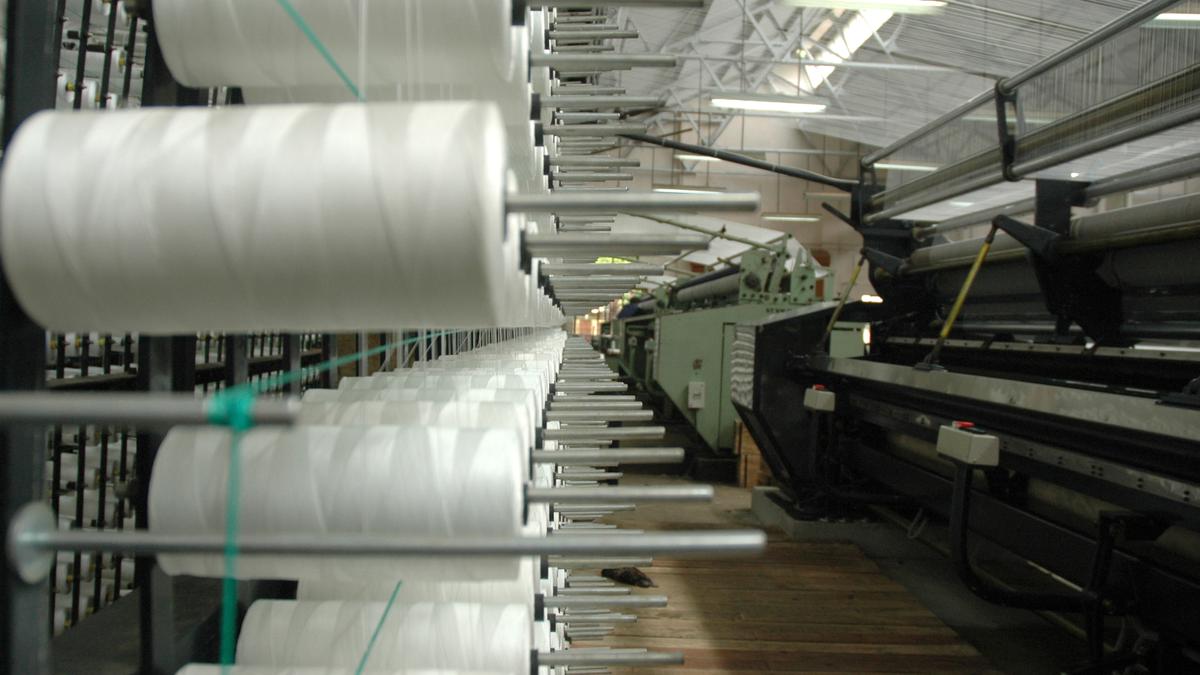Science
The Rise of Nylon: How a Synthetic Fiber Revolutionized Fashion

Nylon, a synthetic fiber that transformed the fabric of everyday life, emerged from the experimental labs of DuPont in the early 20th century. While many may not realize it, nylon is present in various forms throughout homes, schools, and workplaces. From the bristles of toothbrushes to the fabric of clothing, this versatile material has become a staple in numerous industries.
The story of nylon is deeply intertwined with the pioneering efforts of its creators at DuPont, particularly chemist Wallace Carothers. The path to nylon began in the 1920s when Charles Stine, who directed DuPont’s Chemical Department, advocated for “pure science work” in industrial research. His vision led to a shift in how research could be conducted within a corporate framework, ultimately paving the way for breakthrough innovations.
A Journey Through Polymerization
In March 1927, after a year of deliberation, DuPont approved Stine’s proposal, setting the stage for Carothers to join the team. A Harvard lecturer, Carothers focused on the polymerization process, which involves the combination of short molecules into long-chain macromolecules. His research produced significant results, including the first polyester in April 1930. Though promising, the polyester’s low melting point presented a major challenge.
As the head of chemical research, Elmer Bolton encouraged Carothers to pivot from polyesters to polyamides, leading to the creation of nylon on May 24, 1934. This innovative fiber combined the desirable properties of elasticity while overcoming the limitations of earlier materials. Despite early successes, the production of nylon faced hurdles, primarily due to the complexity of obtaining its intermediate materials.
In the following year, Carothers’ team narrowed their focus to two polyamide options: polyamide 6,6 and polyamide 5,10. While Carothers favored the latter, Bolton pushed for 6,6 due to its more accessible raw materials. As Carothers struggled with declining mental health, Bolton’s vision prevailed, culminating in the construction of a facility capable of producing nearly 12 million pounds of nylon annually by 1938.
The Public Debut of a Miracle Fiber
After years of development, DuPont was ready to unveil its innovative product to the public. On October 27, 1938, an audience of 4,000 women gathered at the New York World’s Fair for the official announcement of nylon. Despite the excitement, it would take an additional 18 months for nylon stockings to become available in the U.S. market. Initially, access was limited to DuPont employees and their families.
When nylon finally launched, it rapidly gained popularity, with sales reaching $9 million in 1940 and soaring to $25 million in the following year. The onset of World War II shifted production priorities, forcing DuPont to adapt nylon manufacturing for military use. The material became essential in creating parachutes, tire cords, and other products necessary for the war effort.
Following the war, DuPont reverted to consumer production. By September 1945, nylon stockings reappeared in stores, leading to “nylon riots” as women flocked to purchase the much-coveted items. Recognizing the insatiable demand, DuPont began licensing nylon production to other manufacturers by 1951.
Throughout the 1950s and 1960s, nylon became synonymous with fashion, revolutionizing textile production. By 1965, synthetic fibers, including nylon, accounted for a staggering 63% of global textile production. Though its prominence has since diminished, nylon remains a significant player in the fiber market, representing approximately 5% of global fiber usage today, while polyester dominates with nearly 60%.
The journey of nylon from a laboratory innovation to a household name illustrates the impact of scientific research on everyday life. Its history reflects not only the creativity and vision of its inventors but also the evolving landscape of consumer needs and industrial capabilities. As nylon continues to find new applications, its legacy as a revolutionary synthetic fiber endures.
-

 World3 months ago
World3 months agoSBI Announces QIP Floor Price at ₹811.05 Per Share
-

 Lifestyle3 months ago
Lifestyle3 months agoCept Unveils ₹3.1 Crore Urban Mobility Plan for Sustainable Growth
-

 Science3 months ago
Science3 months agoNew Blood Group Discovered in South Indian Woman at Rotary Centre
-

 Sports3 months ago
Sports3 months agoBroad Advocates for Bowling Change Ahead of Final Test Against India
-

 World3 months ago
World3 months agoTorrential Rains Cause Flash Flooding in New York and New Jersey
-

 Top Stories3 months ago
Top Stories3 months agoKonkani Cultural Organisation to Host Pearl Jubilee in Abu Dhabi
-

 Science3 months ago
Science3 months agoNothing Headphone 1 Review: A Bold Contender in Audio Design
-

 Top Stories3 months ago
Top Stories3 months agoAir India Crash Investigation Highlights Boeing Fuel Switch Concerns
-

 Sports3 months ago
Sports3 months agoCristian Totti Retires at 19: Pressure of Fame Takes Toll
-

 Business3 months ago
Business3 months agoIndian Stock Market Rebounds: Sensex and Nifty Rise After Four-Day Decline
-

 Politics3 months ago
Politics3 months agoAbandoned Doberman Finds New Home After Journey to Prague
-

 Top Stories3 months ago
Top Stories3 months agoPatna Bank Manager Abhishek Varun Found Dead in Well









